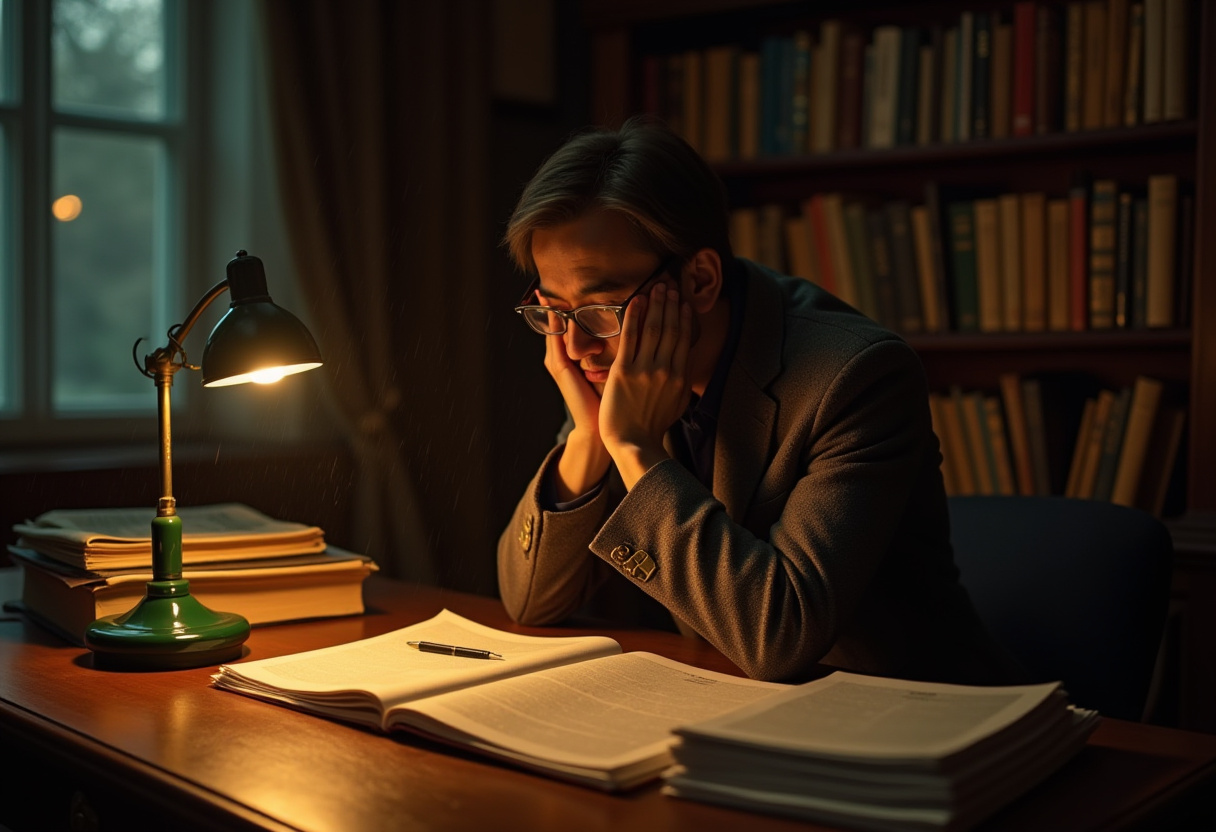In a landmark moment for cultural reconciliation, the remains of 36 Aboriginal ancestors were handed over to representatives from four Queensland communities during an emotional ceremony at London's Natural History Museum. This repatriation effort reflects decades of advocacy aimed at rectifying the injustices of colonial practices that saw the bodies of Aboriginal and Torres Strait Islander peoples taken during the 19th and early 20th centuries.
The formal handover involved representatives from the Woppaburra, Warrgamay, Wuthathi, and Yadhaigana communities, highlighting a significant step towards healing the lasting impacts of colonialism. Filmmaker Wayne Blair, speaking on behalf of the Woppaburra community, emphasized that this act transcends mere scientific restitution; it serves as a profound reconciliation with human dignity, underscoring the need to heal ancestral wounds through recognition and respect.
The Natural History Museum has been scrutinized as a site holding around 20,000 human remains from various global contexts, raising questions about the ethical means by which these artifacts were obtained. Many were acquired without consent or knowledge from Indigenous families and communities, reinforcing a narrative of exploitation rooted in a colonial mindset.
Thomas Holden of the Warrgamay community poignantly noted the deep disrespect involved in the removal of his ancestors from their resting places, a sentiment echoed by community leaders who view repatriation as a pathway to reaffirm their sovereignty and protect their cultural heritage. The return of remains like those of King Billy, taken under dubious circumstances, symbolizes a reclaiming of history and identity.
As Australia continues its journey towards reconciliation, initiatives like these serve both as reminders of the past's injustices and as commitments to future generations to safeguard their cultural legacy. The repatriation is not merely about returning physical remains; it signifies a larger narrative of cultural recovery and intergenerational healing.
The remains are set to be flown back to Queensland, where a special welcoming ceremony will further honor their signification within their respective communities. This event stands not only as a conclusion to a painful chapter of Australian history but also as a new beginning for dialogue and understanding between Indigenous and non-Indigenous Australians, with hopes for continued collaboration in the future.
AD
AD
AD
AD
Bias Analysis
Bias Score:
25/100
Neutral
Biased
This news has been analyzed from 16 different sources.
Bias Assessment: The coverage appears to be largely balanced and presents multiple perspectives from Indigenous representatives, emphasizing their voice and emotional narratives without sensationalism. However, there is an inherent bias towards highlighting the colonial injustices experienced by Indigenous communities, which, while justified, may influence perceptions of the actions being reported.
Key Questions About This Article




